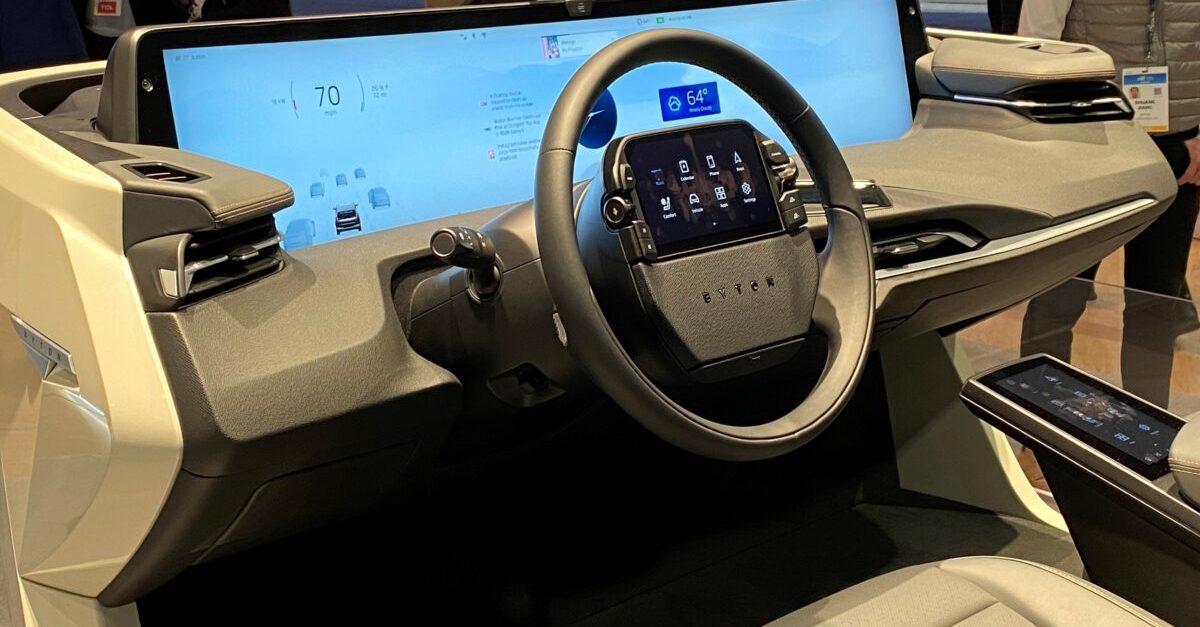The United States Department of Transportation (DOT) is working to keep pace with evolving transportation technology. Automated vehicle safety is becoming increasingly critical. Putting policies into motion that will help to ensure safe design, development, and testing of automated vehicles is crucial, too.
Automated vehicles raise more possibilities and questions than almost any other innovation in the transportation industry. The possibilities include transforming the personal and commercial mobility experience by providing a safer, more efficient way to get from point A to point B.
However, there are many questions: Will they fully replace the human driver? Where can these vehicles be tested safely? Where does the liability lie? How will this affect privacy and security? These questions and more have been at the forefront of discussions for several years now. DOT has taken initiative to help address these concerns and safely implement automated vehicle technology.
In September 2016, DOT announced the first of four automated vehicle policies. “Federal Automated Vehicles Policy: Accelerating the Next Revolution in Roadway Safety” was the first set of guidelines that promoted the idea and importance of automated vehicles but also how these advancements can be introduced safely.
One year later, DOT released the second iteration, “Automated Driving Systems (ADS): A Vision for Safety 2.0.” This guidance built on the previous version, but it provided a more flexible approach to entities in advancing automated vehicle development and testing.
In December 2019, the third iteration was announced, “Preparing for the Future of Transportation: Automated Vehicles 3.0 (AV 3.0),” which was the first set of guidance to address multi-modal forms of ground transportation. This included not only standard passenger vehicles, but commercial vehicles as well.
Most recently, in January 2020, Senator Chao, the United States Secretary of Transportation, gave a keynote at CES where she announced the next set of guidelines to address the rapidly evolving transportation segment – “Ensuring American Leadership in Automated Vehicle Technologies: Automated Vehicles 4.0 (AV 4.0).” This is by far the most promising set of guidelines because it promotes the necessity of a collaborative approach. AV 4.0. acknowledges there are 38 federal departments, independent agencies, commissions, and other stakeholders who have direct or tangential equities in automated vehicle technology development.
Advancements – especially in the automotive industry – do not seamlessly occur unless all stakeholders support a collaborative approach. With over 40,000 people dying in traffic-related deaths in the United States on an annual basis, it becomes even more important to understand what measures can be taken to potentially eliminate those deaths.
There is no question that automated vehicle technology will not only transform the mobility experience, but more importantly, provide the safest form of transportation. However, unless all key stakeholders work together to develop, test, and integrate these technologies, we will not see the progress we expect for automated vehicle safety.





